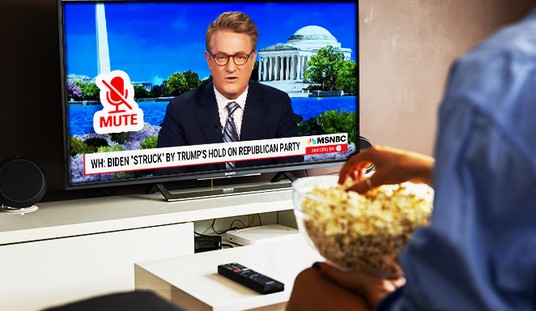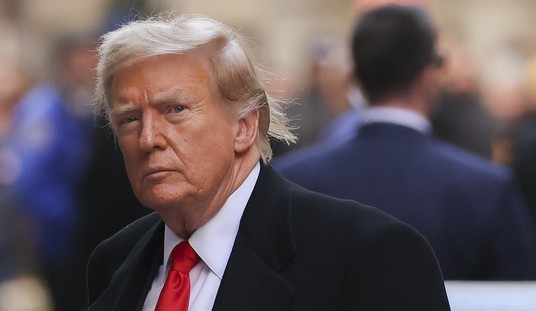My GM insider reported back in this morning with some goodies about Warren Buffett, GM’s tanking shares, and the November election.
News broke 10 days ago or so that Warren Buffett (Berkshire Hathaway) bought 10 million shares of GM common stock (~$256 million):
Warren Buffett’s Berkshire Hathaway built new positions in General Motors and Viacom during the first three months of 2012.
Berkshire Hathaway (BRK-A) holds roughly 10 million shares in General Motors (GM, Fortune 500) or roughly $256.5 million worth, according to documents filed with the Securities and Exchange Commission Tuesday.
GM’s stock price has tanked since the November 2010 IPO, losing over a third of its value, dropping from $33/share to $22.07 currently:

Buffett is usually something of a weather vane for other investors, but he’s not necessarily a very risk averse guy, and has a history of a few big flops (not like $256 million is a lot of money to him).
Far more interesting than Buffett’s strategic investing whims, though, is the possible political angle on this. Mickey Kaus is asking one of the right questions:
Warren Buffett has bought $256.5 million of GM stock for his firm Berkshire Hathaway. Did he buy it to make money, or to help Obama**? Or is he, in an ominous corporatist mixture of the two, investing in Obama? Does even Buffett know for sure at this point?
__________
**-by showing confidence in the firm and buoying its embarrassing stock price at a time when Obama’s campaign is touting his administration’s bailout as a success.
US Treasury currently owns 30% of the company (all common stock) according to GM’s recent proxy statement, and while Obama has no qualms about taking credit for the auto bailout, he has to know that holding on to such a huge portion of a private entity is a political liability. If they were to dump the shares all at once, the stock price would tank, markets would panic, and all of a sudden the auto bailout would be a demerit on Obama’s record. The administration has, unsurprisingly, an evolving position on how to exit GM.
Continued Stewardship Needed as Treasury Develops Strategies for Monitoring and Divesting Financial Interests in Chrysler and GM (GAO-10-151 report to Congress on TARP, 11/09) – “To achieve the maximum return for taxpayers, Treasury also said it plans not to disclose more information about its strategy to divest its ownership interests than is necessary [Note: most transparent administration in history!]…. As long as Treasury maintains ownership interests in Chrysler and GM, it will likely be pressured to influence the companies’ business decisions. Treasury has said that it plans to manage its investment in Chrysler and GM in a commercial way. Yet Treasury faces external pressures, such as to prioritize jobs over maximizing its return…. Treasury officials noted that they receive frequent calls from Members of Congress expressing concern about dealership closings.”
__________
Treasury Announces Pricing of Public Offering of General Motors Stock (Treasury Department Press Center, 11/17/10) – “’GM’s initial public offering is an important step in the turnaround of the company and for our work to recover taxpayer dollars and exit this investment as soon as practicable,’ said Treasury Secretary Tim Geithner.”
__________
Quote of the Day: Abandoning the Bailout Edition (The Truth About Cars, 2/24/11) – Former Chairman of the White House Council of Economic AdvisorsAustan Goolsbee: “The writing is clearly on the wall that the government is getting out of the GM position. The government never wanted to be in the business of being majority shareholder of GM. It was only to prevent a wider spillover, negative event on the economy. So we’re trying to get out of that.We’re not trying to be Warren Buffet and figure out what the market is doing.”
__________
Treasury’s Exit from GM and Chrysler Hilights Competing Goals, and Results of Support to Auto Communities Are Unclear (GAO-11-471 report to Congress on TARP, 05/11) – “Treasury’s unique position as a government shareholder also makes it difficult for Treasury to be transparent about its strategy for divesting from GM, including the actions Treasury took in preparation for GM’s IPO. This position also makes it challenging to assess Treasury’s oversight of and investment in GM and Chrysler…. To achieve the maximum return for taxpayers, Treasury officials said the not [sic] plan to disclose more information than is necessary about their strategy for divesting Treasury’s remaining ownership interests. As we have previously reported,Treasury should seek to be as transparent as possible about its strategy, including identifying what information should be made public and indicating how it plans to balance concerns about the public’s ‘need to know’ against those about disclosing proprietary information in a competitive market. However, while we recognize the need to strike a balance between the value of transparency and the need to avoid compromising the competitive positions for GM and Chrysler, to the extent possible, transparency about Treasury’s strategy is important to ensure accountability and assure taxpayers that their investment is being appropriately safeguarded.” [Note: there’s that transparency word again!]
__________
THE MAN WHO OVERSEES TARP (CNBC, 10/3/11) – U.S. Treasury Assistant Secretary for Financial Stability and chief TARP overseer Timothy Massad: “We’ll be patient in our disposition of GM as well as our other assets. We have to balance the goal of divesting these stakes because the government should not be in the business of owning stakes in private companies, with the goal of maximizing taxpayer returns.”
__________
As Treasury Continues to Exit Programs, Opportunities to Enhance Communication on Costs Exist (GAO-12-299 report to Congress on TARP, 1/12) – “…we previously reported that deciding to unwind some of its assistance to GM by participating in an initial public offering (IPO) presented Treasury with a conflict between maximizing taxpayer returns and exiting as soon as practicable. Holding its shares longer could have meant realizing greater gains for the taxpayer, but only if the stock appreciated in value. By participating in GM’s November 2010 IPO, Treasury tried to fulfill both goals, selling almost half of its shares at an early opportunity. Treasury officials stated that they strove to balance these competing goals, but have no strict formula for doing so.Rather, they ultimately relied on the best available information in deciding when to start exiting this program…. Treasury officials told us that they continue to monitor market conditions and other factors in determining a divestment strategy for GM, but share prices would have to increase significantly from current levels to fully recoup Treasury’s investment in GM. As we previously reported, GM’s share price would have to increase by more than 60 percent from the IPO share price of $33 to an average of more than $54 for Treasury to fully recoup its investment. However, over roughly the past year, GM’s shares have traded far below the IPO share price—with shares closing above $33 only twice since March 2011, and as of September 30, 2011, the shares closed at $20.18…. Treasury faces the tension of holding shares long enough to potentially recoup its investment, or divesting sooner, likely at a loss.”
__________
Former Car Czar: Too Soon for U.S. to Sell GM (CNN Online, 5/1/12) – “’The Treasury always assumed it would hold onto it for awhile maybe as long as five, six, or seven years,’ said [Steven] Rattner…. Rattner admits that calculating when to sell the remainder is both an economic and a political issue. ‘I don’t think that selling it in the heat of an election year makes financial or political sense,’ he said.”
__________
Treasury: No Schedule Set to Exit GM (The Detroit News, 5/10/12) – “Tim Massad, the assistant Treasury secretary who oversees the $700 billion Troubled Asset Relief Program, said investors aren’t giving GM enough credit. He offered no timetable on when the government will complete its exit of GM. ‘Our perspective is that the company has made real progress, but the market hasn’t given them as much credit for that as it might,’ Massad said. Last October, the Treasury shifted course and said it no longer planned to exit GM, as soon as practical, in the face of the steep sell-off in the stock.”
So the question worth asking, I think, touching on what Kaus asks, is “Does Obama pal Warren Buffett’s purchase of 10 million shares in GM a) buoy the stock price through the re-election, b) begin a process that gets Treasury out of GM without having to dump all the shares on the market at once, which would otherwise hurt Obama politically, or c) both?”









Join the conversation as a VIP Member